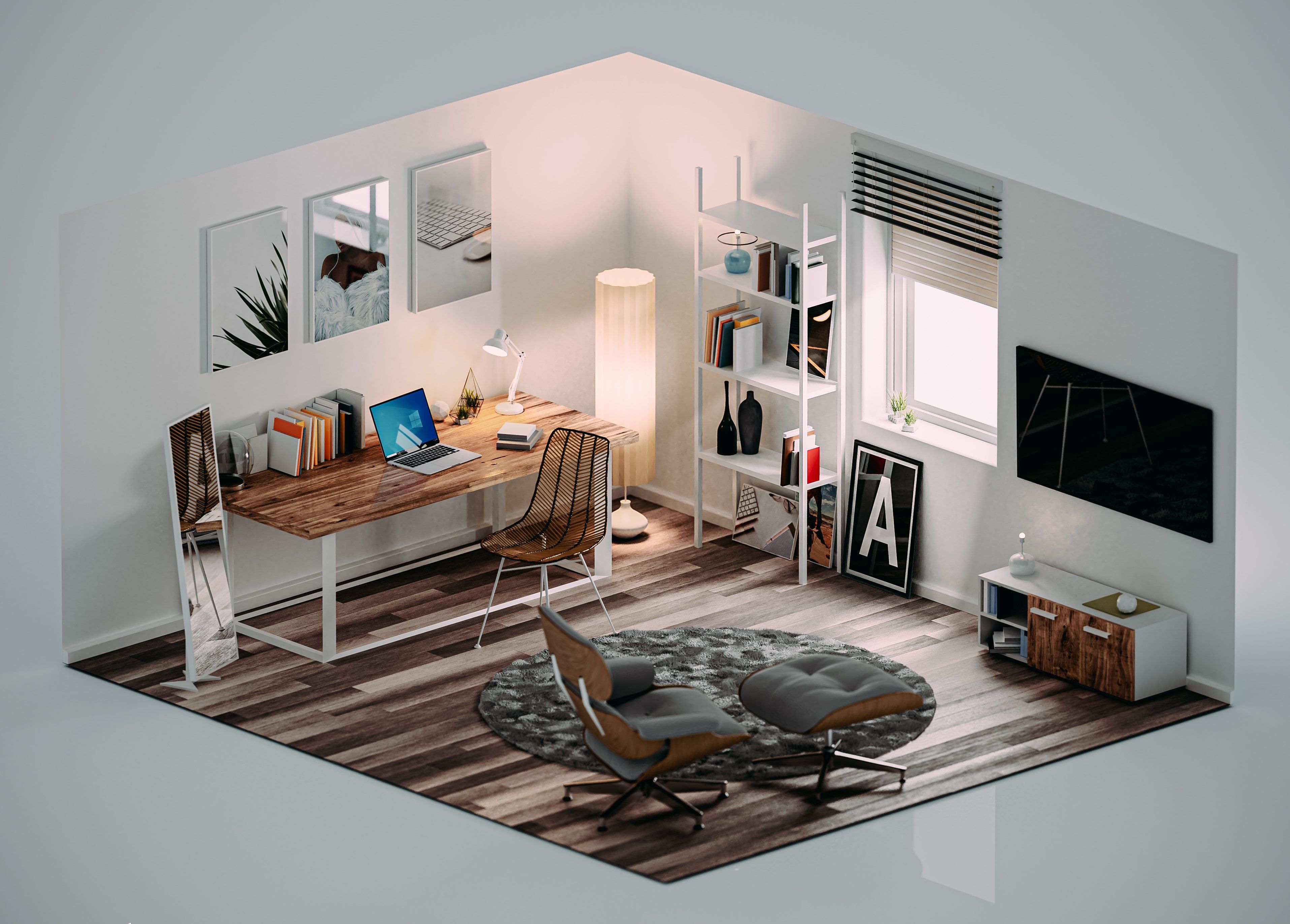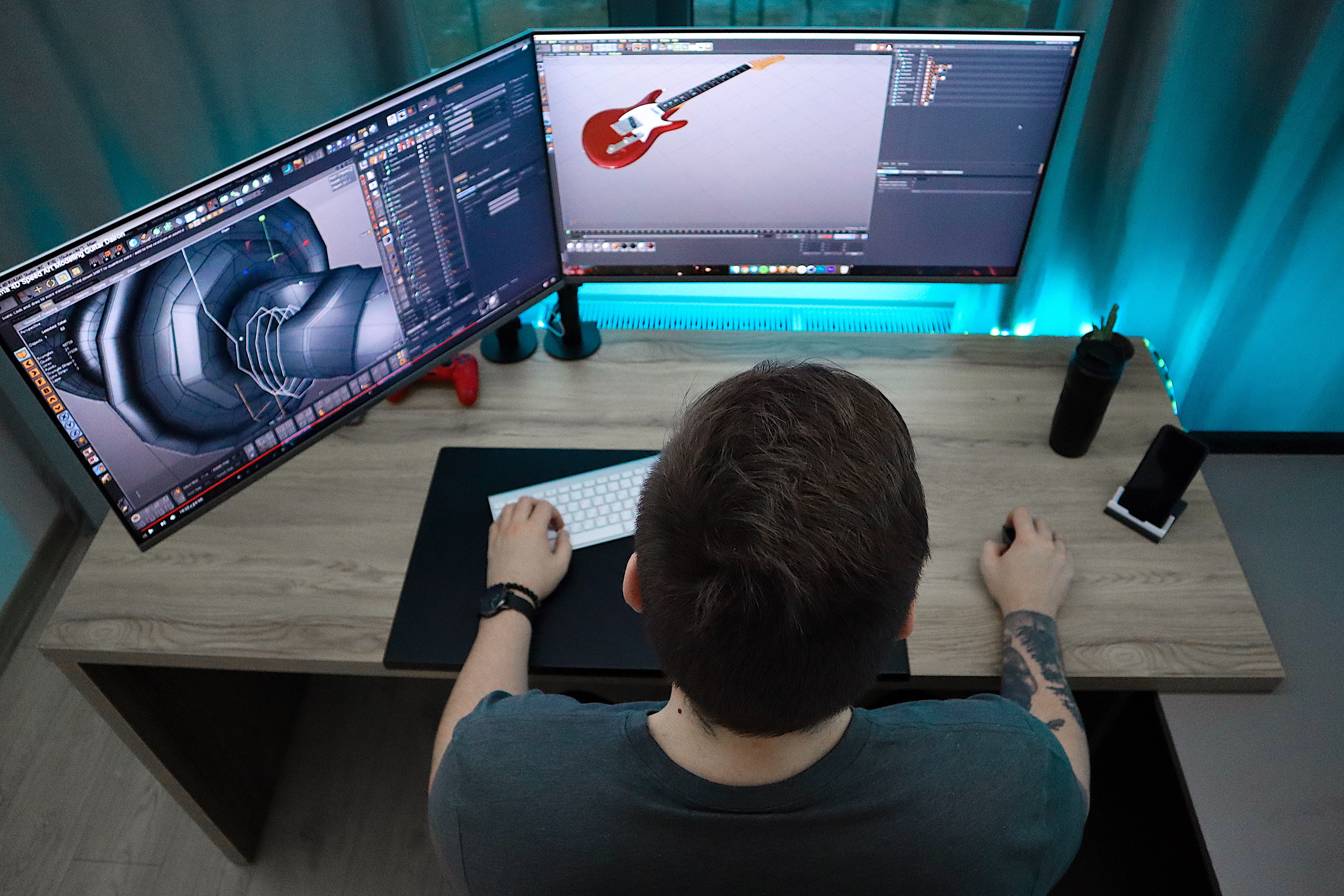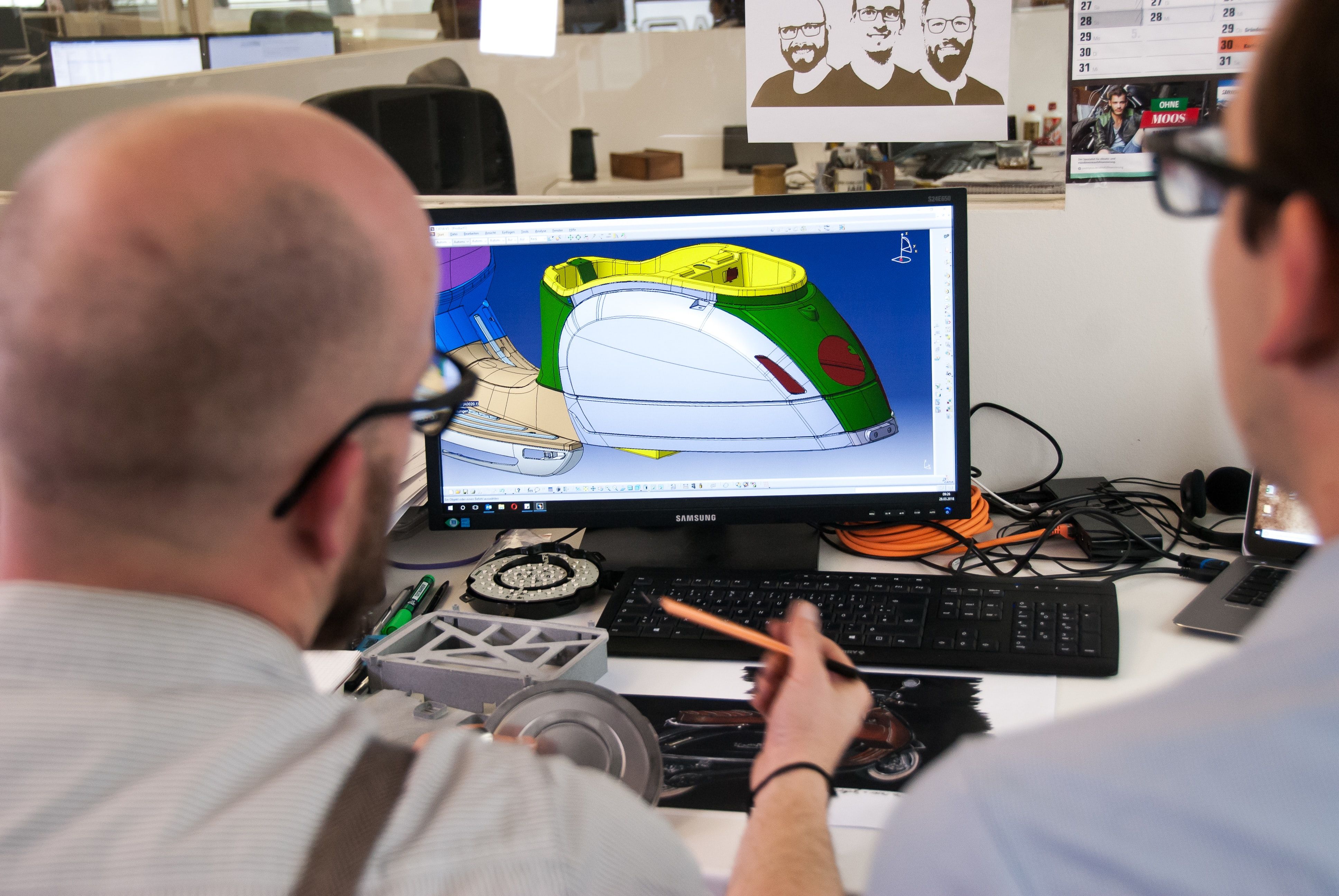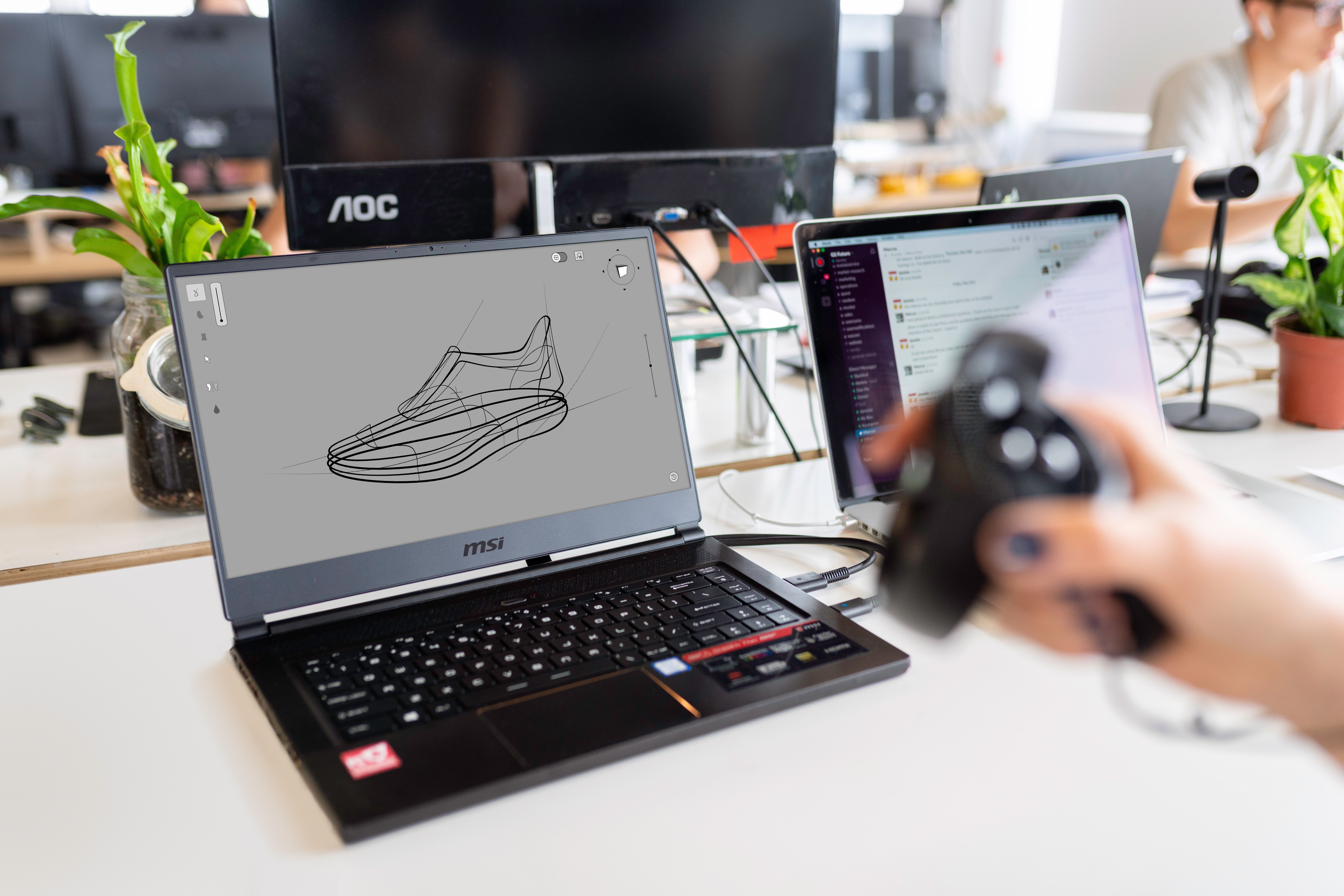https://assets.amuniversal.com/d4130730d05601396d8e005056a9545d
Thank you for voting.
Hmm. Something went wrong. We will take a look as soon as we can.
Dilbert Daily Strip
Just another WordPress site
https://assets.amuniversal.com/d4130730d05601396d8e005056a9545d
Thank you for voting.
Hmm. Something went wrong. We will take a look as soon as we can.
Dilbert Daily Strip
https://laravelnews.imgix.net/images/laravel-mail-export-featured.png?ixlib=php-3.3.1
Laravel Mail Export is a simple mailable trait and interface to export emails to a storage disk once sent. This package works by exporting any mail sent as a .eml file to a filesystem disk, which is useful for archival purposes.
Here’s an example from the readme of how to use this package, which includes implementing the ShouldExport interface and use the Exportable trait:
1namespace App\Mail;
2
3use Illuminate\Mail\Mailable;
4use PodPoint\MailExport\Concerns\Exportable;
5use PodPoint\MailExport\Contracts\ShouldExport;
6
7class OrderShipped extends Mailable implements ShouldExport
8{
9 use Exportable;
10
11 // ...
12}
You can also configure the mailable disk, path, and filename via a class property, or more flexibly, using methods:
1public function exportDisk(): string
2{
3 return 'some_disk';
4}
5
6public function exportPath(): string
7{
8 return 'some_path';
9}
10
11public function exportFilename(): string
12{
13 return time() . '_some_filename';
14}
You can learn more about this package, get full installation instructions, and view the source code on GitHub.
Laravel News
https://media.babylonbee.com/articles/article-9232-1.jpg
There comes a time in every Christian’s life when he must make an important decision: What kind of firearm should I buy? Well, here’s a guide to help you know which gun is right for you.
Glock: What if you miss on the first shot? What if you miss on the second shot? What if you miss on the next ten shots? Fortunately, you can fit like 1,000 bullets in a Glock. And it’s made of plastic; make sure to recycle it after you’re done. We don’t want a landfill full of Glocks.
Perfect for: People too lazy to reload
Walther PPK: Look at this little gun. And it has such a cute little name. What an adorable thing to put in your purse.
Perfect for: British secret agent or a small American child
Civil War Cannon: Why waste all that time shooting a bunch of little tiny bullets when you can shoot one big bullet the size of a coconut? This is a great option for the gentleman connoisseur of fine-aged weaponry.
Perfect for: Those with mutton-chop facial hair and a love for exploding things
.44 Magnum: Do you feel lucky? Well, do ya, punk? More importantly, do you feel like shooting through a car windshield? The .44 magnum is the most powerful handgun in the world… or it was like back in the ’70s. There are a lot more large, unwieldy guns to pick from now, but this is a classic.
Perfect for: Cops who get the job done even if they don’t follow all the rules
Shotgun: Are you not very good at aiming? Maybe you have bad eyesight. You can’t really see what you want to shoot, but you know you want it dead. Then a shotgun is right for you. It’s great at close range (though the CDC doesn’t recommend shooting people at close range during a pandemic).
Perfect for: Farmers who need to force people to marry their daughters
Plasma Rifle: If aliens invade, you need a plasma rifle, since, as everyone knows, shooting aliens is way cooler with a plasma rifle. You can also use them to light cigars and heat casseroles at potlucks. Very useful.
Perfect for: Space Marines, Ellen Ripley, and people who smoke cigars
1911: An old, old design (the name refers to how it was first made 500 years ago in 1911). This gun is for people who are stuck in the past and don’t care for newfangled things like TikToks and Twitters. No, you shoot those things — you shoot them with your 1911.
Perfect for: Old men who long for the good old days when men were men and there weren’t any of these other fake genders.
Desert Eagle: It’s big. It’s shiny. It’s not really practical for anything. But it’s big. And shiny.
Perfect for: People compensating for something
AR-15: The AR stands for “Assault Rifle” and the 15 stands for how many people you can assault with it at once. Deadlier than the AR-14 (but not quite as deadly as the AR-16), the AR-15 is a fun gun everyone enjoys. I have six because I’m always misplacing them.
Perfect for: Absolutely everyone
The Babylon Bee
I’m asked about which code editor theme I use frequently enough to the point of being comical….Laracasts
https://media.notthebee.com/articles/3cf2a881-1b7e-4d53-8558-4b4727236b0f.jpg
Today while browsing the web, expecting to find more bad news, I stumbled across this graph that certainly brightened my day.
Not the Bee
https://cdn0.thetruthaboutguns.com/wp-content/uploads/2021/08/IMG_0578-scaled.jpg
Why would anyone spend money to reduce the recoil of an AR-15 rifle? That’s the question some will ask given the fact that a .223/5.56 round doesn’t produce a whole lotta recoil. Fair enough. For most shooters, it won’t make enough of a difference to matter. But if you’re a competitive shooter or are just sensitive to recoil, a recoil-reducing buffer makes sense.
The Miculek Magnetic Buffer System isn’t the first recoil reducer. Buffers using springs or hydraulics have been around for years. But the Miculek is a unique design using magnetic polarity to dampen the recoil impulse.
That means there are no moving parts to make noise or fail. With no springs or hydraulic seals, the Miculek Magnetic Buffer System (MMBS from now on) is damn near foolproof.
When you’re not using it in your rifle, the MMBS can double as a handy fridge magnet. But seriously folks . . .
Here you see the MMBS next to a standard M4 buffer. There are a couple of difference besides the recoil-reducing piston action. First, the MMBS weighs a tad more…3.2 oz versus 2.9 oz according to my kitchen scale. Also, the MMBS doesn’t rattle when you shake it like the standard buffer does.
I talked to the folks at JDAS enterprises who produce the MMBS with Jerry Miculek. They make the comps for Jerry, too, and tell me more Miculek designs are coming in the future.
JDAS said they’ve tested the buffer under more that 100,000 rounds without failure. They hooked it up to an accelerometer to objectively measure recoil and tested it for barrel deflection to see what it does for muzzle rise.
They told me that the MMBS is a significant improvement over a standard buffer and measurably better than either sprung or hydraulic designs.
Since I don’t have access to any of that equipment, the only way to tell if the MMBS does what they say it does is to shoot it.
Installing it takes all of 30 seconds. Just depress the buffer retention pin in your rifle’s lower — be sure to have your thumb over the sprung buffer or it will launch — and remove your standard buffer and spring. Slide the old buffer out of the recoil spring and install the MMBS. Reinstall it in your lower and you’re ready to go.
The strength of the dampening action of the MMBS is selectable with a screw that adjusts how much force is needed to depress the magnetic piston. The farther in your adjust the screw, the more force it takes to compress it. That lets you can tune your rifle as needed.
JDAS recommends tuning with a single round in a magazine. Shoot your rifle and if the action doesn’t lock back on the empty magazine, adjust the buffer with a counter-clockwise half-turn of the adjustment screw to lighten the tension. I didn’t have to do that as my rifle cycled just fine with the MMBS right out of the box.
First I shot two rifles side by side, one with a standard buffer and one with the MMBS. The rifle with the MMBS was slightly softer-shooting than the standard buffer. But while I was shooting the same ammo from each gun, the two rifles weren’t the same (different accessories, different weights, different muzzle devices. It wasn’t really a fair comparison.
Next I shot both with the same rifle, alternating between the two buffers. That’s a little tricky because you have to take the rifle down to replace the buffers between magazines. Still, there is a perceptible reduction in felt recoil when using the MMBS. It’s not a lot and it probably won’t make much of a difference to some shooters. But it’s there.
The MMBS has an MSRP of $119 and sells for $99 retail exclusively through Big Daddy Unlimited. That makes it less expensive than hydraulic buffers. Will it be worth it for you? That depends on how you shoot and how recoil sensitive you are. But if you want to do everything you can to reduce as much of the felt recoil your AR-15 rifle produces, the MMBS is well worth a try.
Post Views:
2
The Truth About Guns
https://assets.amuniversal.com/c9857e20d05601396d8e005056a9545d
Thank you for voting.
Hmm. Something went wrong. We will take a look as soon as we can.
Dilbert Daily Strip
https://static1.makeuseofimages.com/wordpress/wp-content/uploads/2021/07/3D-Perspective-Design-Study-Room.jpg
Used by designers the world over, CAD, or computer-aided design and drafting (CADD), is design and documentation technology that replaces manual drafting (like blueprints, for example) with an automated process.
From architects and engineers through to audiovisual professionals and fashion houses, experts the world over use 2D and 3D CAD programs to draw up visual concepts, create construction documentation, and simulate designs in the real world through realistic renderings of a particular subject matter.
If you’re already a designer, or want to start getting into 2D and 3D design, there is a huge range of software out there that can be used for this purpose. In this article, we’ll explore eight free Mac applications, so you can get stuck into it sooner, and investigate which one rules the roost.
Most of these apps are free, but we are going to start with a paid, but reasonably priced option.

Promising to create new opportunities in 3D printing through fully customizable digital landscapes and 3D modeling, Leopoly is built for both newbies and more advanced users.
Its baseline ShapeLab tool enables users to become creators in minutes, building bespoke models and bringing your vision to life through digital sculpting, painting, and mesh-based technology. Going further, LeoTrainer enables full exploration of intricate processes and models—hence the name—where the training is oriented towards corporate and education worlds to familiarize users with concepts in virtual reality.
Finally, LeoShape is best suited to healthcare, fashion, and heavy-duty industries, promising enhanced modeling capabilities for those training or working in design; a great option for professionals.
Download: Leopoly ($20)
In terms of a great beginner’s 2D program, LibreCAD‘s software can help you to create complex drawings, 2D drafts, or projects for laser cutting or engraving purposes. The tool comes with features like a snap-in tool, dimensioning and measurements, and annotations—a bit like a graphics editor such as Microsoft Paint, but with more intricacies.
It’s open-source and available for Mac, Windows, and Linux, and with no subscriptions, licensing costs, or annual fees, it could be the program for you.
Download: LibreCAD (Free)

LeoCAD is probably the best CAD software for educational purposes, as it allows users to create virtual designs, shapes, and models using LEGOs, which is ideal for kids who want to get a head start with 3D modeling. With a combination of basic and advanced tools, its open-source nature means that anyone and everyone can contribute, and even add new features.
Download: LeoCAD (Free)
Blender has emerged as one of the best, most versatile CAD programs in the world in recent years. While it is very complex in nature, the possibilities are virtually endless with Blender. Open-source and completely free, its creation suite "supports the entirety of the 3D pipeline—modeling, rigging, animation, simulation, rendering, compositing and motion tracking, video editing, and 2D animation pipeline." Quite frankly, it’s a jack-of-all-trades for everything and everything 2D or 3D.
Users have been enthusiastic about the wide range of possibilities with Blender, and if you’re looking for a more advanced program to help you develop your CAD skills, this might be the one!
Download: Blender (Free)

With an interface that is clearly borrowing from AutoCAD—the "industry-standard" for CAD design software—DesignSpark contains the usual features and is an excellent free alternative to AutoCAD. Users of programs like this would normally be attempting large-scale or intricate builds, like homes for example.
While core features are free, functions like bulk importing and exporting, and advanced rendering, need to be purchased, so that is a limitation. Interestingly, DesignSpark allows you to have designs printed in-house, and sent to you wherever you are.
Download: DesignSpark (Free, additional purchases available)
Related: The Best Home Design Software to Use
Breaking from the other applications above, Houdini is procedural software that is designed around a node-based workflow. Similar to parametric modeling—which is what Blender uses, this allows you to alter models and objects by changing individual parameters or nodes. Similarly again to Blender, it includes intricate particle effects, which would allow users to create anything from an Alaskan winter terrain to a mock up of interstellar space. For this reason, it is also a popular tool for animation and game development.
Although a free version of Houdini (Apprentice) is available with all the same features as the freemium product, it has some limitations, such as a render size of just 1280×720 pixels, and every rendered image will feature a small Houdini logo.
Download: Houdini (Free, premium version available)

While FreeCAD appears unassuming in name, it is a robust piece of software made to design real-life objects in 3D. Again utilizing parametric modeling, you can easily modify 3D designs and tailor them to a variety of settings or environments. It is modular in nature, allowing plugins to be attached to the application, and also offers handy features oriented towards robotics and mechanical machining like CNC.
It’s open-source and extremely powerful, so pace yourself in terms of becoming familiar with the program. Digging deeper will unleash a universe’s worth of potential for CAD enthusiasts.
Download: FreeCAD (Free)
CAD software can help you design, create, and produce 2D and 3D objects, worlds, and more
This article has given you a small selection of free but powerful CAD applications, ranging from beginner ability to advanced users or professionals. For those looking to get into design, or build on their professional design skills, these apps could be perfect for you.
MUO – Feed
https://i.kinja-img.com/gawker-media/image/upload/c_fill,f_auto,fl_progressive,g_center,h_675,pg_1,q_80,w_1200/22224b3df903754d84557092af44bb96.png
Everything old is new again. In 2021, fanny packs are high fashion, Clippy is a beloved icon, and KidPix—the beloved art toy that’s been untouched since the early 2000’s—is back.
Well, sort of. Software engineer Vikrum Nijjar ported one of the original editions of KidPix into Javascript and HTML, turning the forgotten piece of software into something anyone can play with, right in their browser. While there have been many different editions of Pix released over the years, Nijjar’s port features the OG KidPix 1.0 that was released in 1989.
For the uninitiated, KidPix was kind of like baby’s first Photoshop. There were wacky paintbrushes, stamps, and drawing tools, along with other features that could allow you to add gradients, duplicate parts of your canvas, and more. The only snag is that none of these tools are actually labeled. Instead, the program is designed to let you learn what the tools do as you play around with them. Instead of an actual undo button, there’s the face of a shocked man who shouts “oops!” at you while undoing your work. If you want to clear your canvas entirely, you’ll need to find the firecracker button that—after playing an equally loud explosion—leaves you with a white page.
It is, in other words, very, very silly. But that’s what makes it so fun.
G/O Media may get a commission
After about ten minutes of clicking around and listening to the bizarre sounds some of the brushes made (the spirograph’s ‘weewoo’ was my personal favorite), I have to say this gets the 90’s kid seal of approval. It’s exactly the type of thing you want to play if you want to pretend, just for a second, to be sitting in your 1st-grade computer lab. Give it a try!
Gizmodo
https://cdn.thewirecutter.com/wp-content/media/2021/08/metaldetector-2048px-0377-3×2-1.jpg?auto=webp&quality=60&width=630&dpr=2

The dream of finding buried treasure is compelling, but the reality of metal detecting is that you mostly find trash—and you spend a lot of time doing it. This may be the sort of repetitive, mainly solitary activity you intrinsically enjoy … or it may bore you to tears. It’s best to figure that out before dropping a not-insignificant chunk of change on a metal detector of your own. So before you buy one, try to find a local club or store that will help you go on a trial hunt or two with an experienced detectorist. If the bug catches you, you’ll know it. And at that point, we’d say the Nokta Makro Simplex+ is the absolute best metal detector for a newcomer to the sport.
Wirecutter: Reviews for the Real World